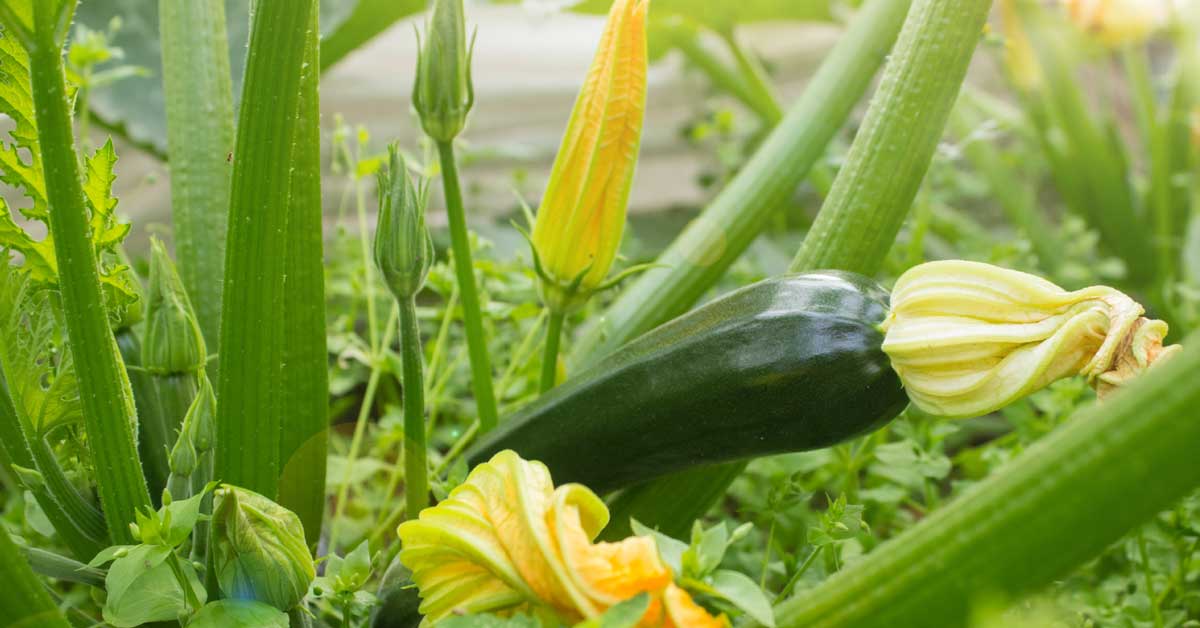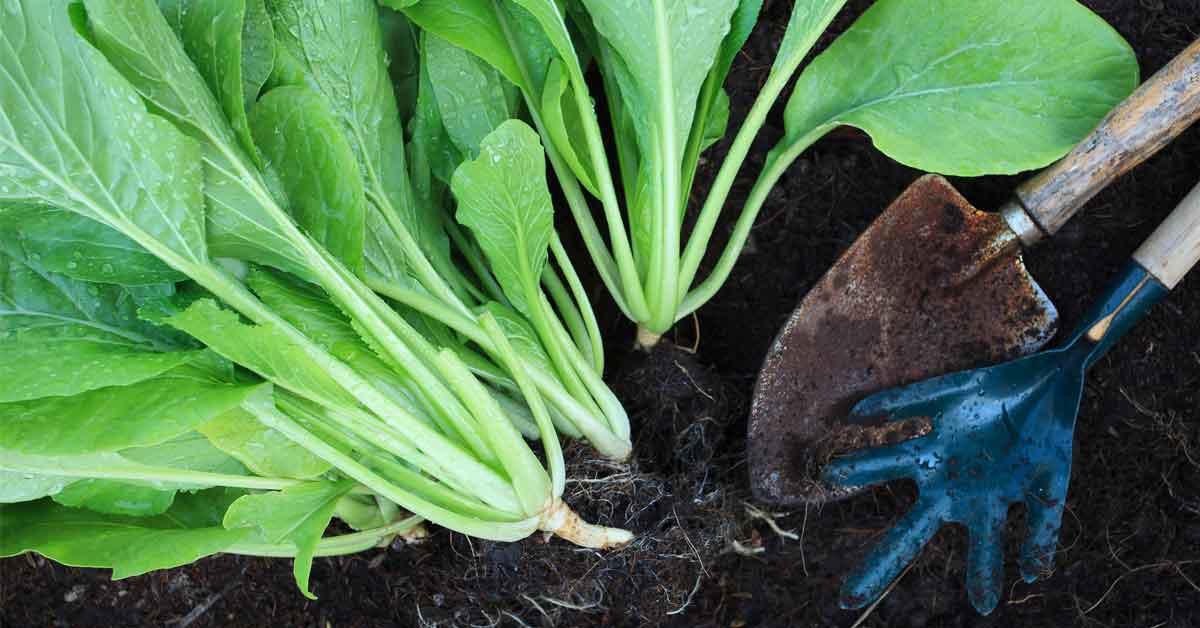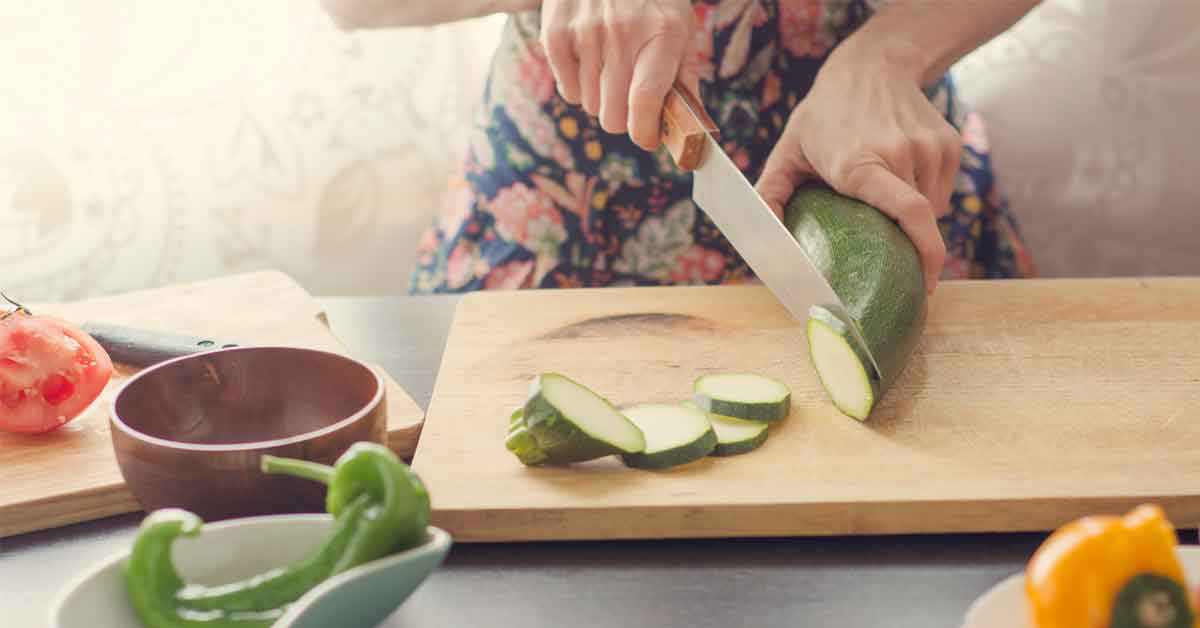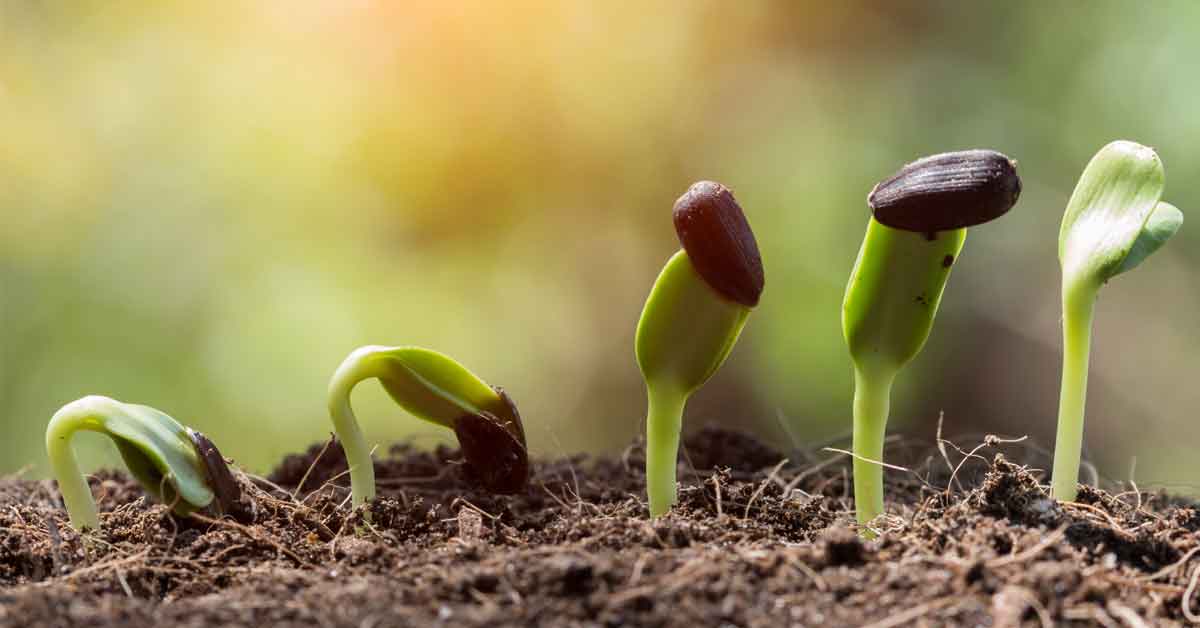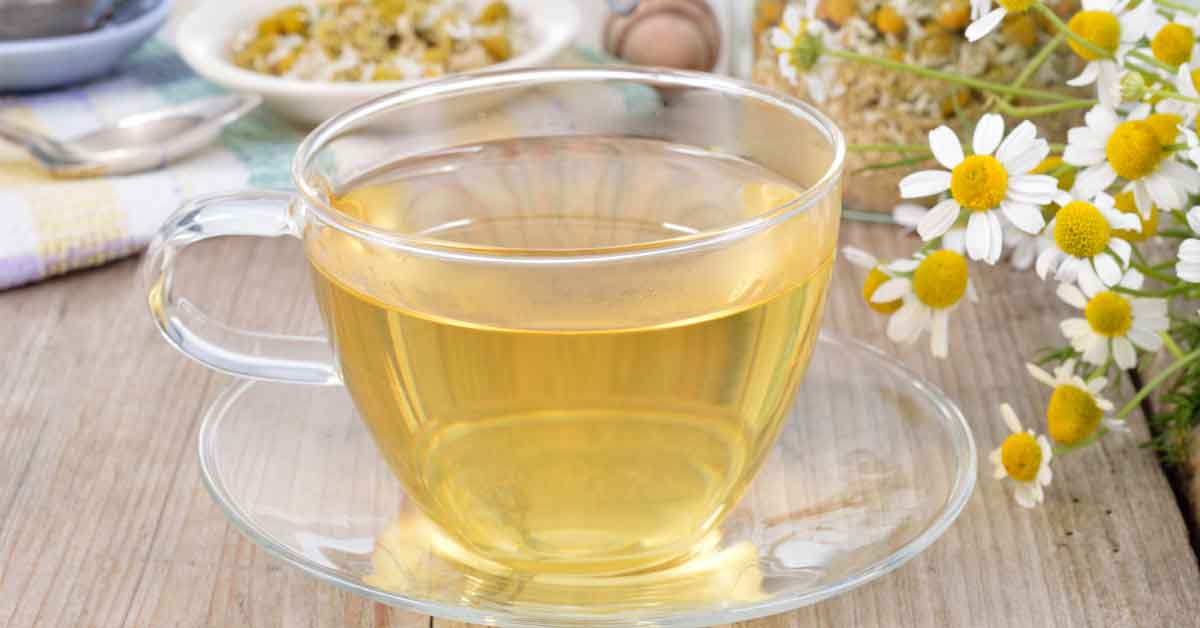How to Plant, Grow and Harvest Zucchini and Squash
Zucchini and other squash are some of gardening's most prolific, easy-to-grow vegetables. Even if you are planning your first garden, your crop can be the talk of the neighborhood with a few zucchini seeds and sunny summer weather. Growing a bumper crop of zucchinis or other types of summer and winter squash is not only simple — you'll have plenty of extra squash to share.
- Planning Your Squash Planting
- Choosing Squash Varieties to Grow
- Caring for Your Squash Plants
- Hand-Pollinating Squash Plants
- Harvesting and Enjoying Your Squash
Planning Your Squash Planting
Zucchinis and other squash don't require much work in advance. As a group, they don't tolerate cold soil, cold air or frost, and their roots don't like to be transplanted.1 This all adds up in your favor. You can plant squash seeds late in spring after the soil warms, and sow your seeds directly into garden soil that gets full sun. There's no need to start seeds early indoors or to buy pre-started plants from a garden store.
Wait to plant squash seeds until at least two weeks after the expected last frost in your area. If you're unsure of that date, your local county extension agent can help. Once it's planting time, you may want to make several "succession plantings." By planting seeds every two to three weeks until mid-summer, you can keep your squash harvest flowing until the winter frost. The successive crops also help improve pollination, and that means bigger and better harvests for you.
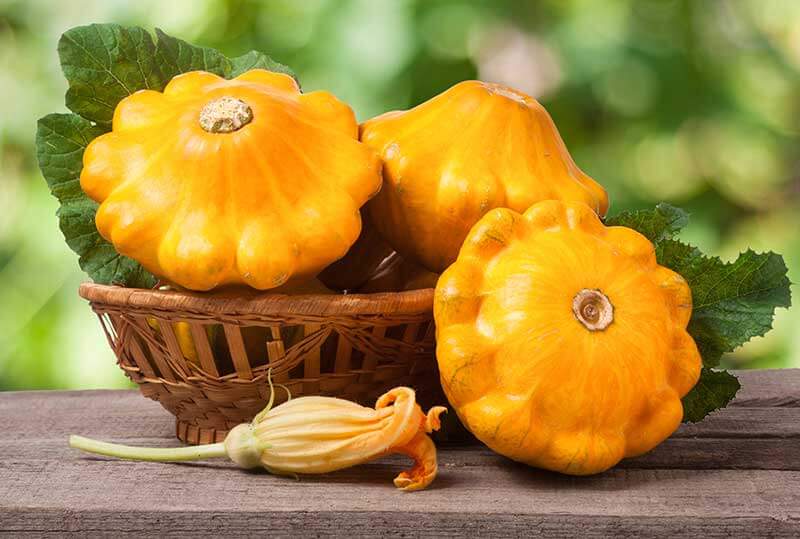
Choosing Squash Varieties to Grow
When you grow squash or other plants from seed, you're not limited to the varieties your local garden store carries. This opens up a world of squash to enjoy. Choose from heirloom types passed down through generations, such as the dense, nutty Italian zucchini Costata Romanesco, or try sweetly scalloped, yellow Sunburst patty pan squash instead. Maybe you want the latest disease- and pest-resistant variety. When you grow from seeds, you can pick and choose. Squash are either summer types or winter types, depending on when they're ready to eat. Soft-skinned summer squash, such as zucchini, mature quickly. They're often ready within two months from when you seed. Winter squash, such as acorn or butternut, take at least three months or longer to ripen and develop a thick skin. But tough skins mean they'll keep longer, too. Seed packets will include information on how soon you can harvest. Like cucumbers, squash varieties are either bush types or rambling vines. If your garden is short on space, bush types are a great choice. If you're set on a vining squash, go vertical and grow your squash on a trellis. Just anchor the vines with soft twine as they grow, and give squash extra support as needed. Many types of summer and winter squash grow well in large decorative containers, even on urban balconies or patios.
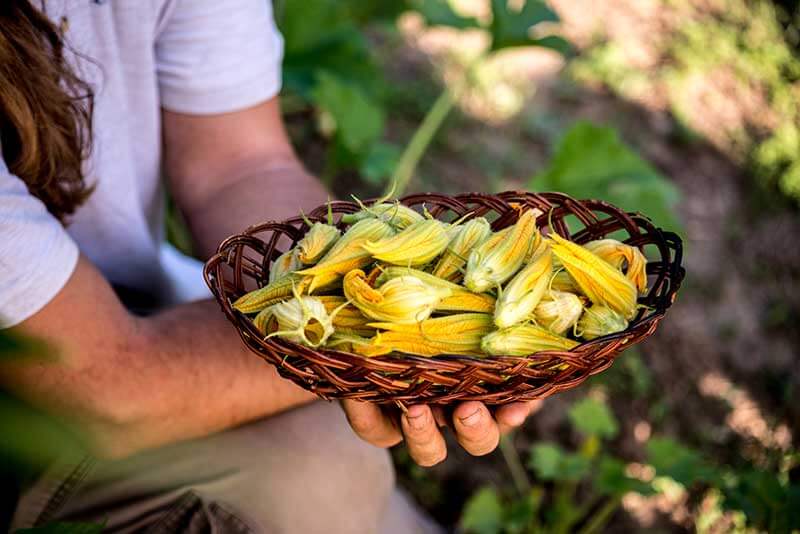
Caring for Your Squash Plants
Squash are heavy feeders that benefit from lots of organic matter in the soil and fertilizers designed with garden vegetables in mind. Created to work with nature, Pennington Rejuvenate Plant Food All-Purpose 4-4-4 revitalizes soil with essential plant nutrients and a blend of organic and natural ingredients to promote bigger, more productive squash. The added calcium helps protect against calcium deficiency, which can lead to blossom end rot. Feed your squash plants when they first start to bloom, and again when the fruits appear. Watering squash plants is very important, especially once tiny squash fruits form. Make sure plants get at least 1 inch of water per week from rainfall or from you. Water early in the morning, and avoid overhead watering. Keep leaves as dry as possible to help prevent garden fungal diseases. If common diseases such as powdery mildew or downy mildew strike, treat at the earliest signs. With effective, time-proven Daconil fungicide, you can treat squash right up to the day of harvest. Watch plants for signs of insect pests, including eggs on the undersides of squash leaves. Squash pests often hit hardest in spring, so your first plantings are most vulnerable. By checking plants regularly, you can stop pests such as squash bugs and cucumber beetles before they dig in. Trusted pesticides such as Sevin garden insecticides control these pests and a wide range of others in your garden. With Sevin Insect Killer Concentrate, used with a pump-style sprayer, you can adjust your nozzle for targeted spraying and treat squash right up to one day before harvest. Sevin Insect Killer Dust Ready To Use starts killing listed pests immediately on contact to protect squash from insect damage; just allow three days between dusting and harvesting your squash.
Always treat squash in the evening and avoid spraying or dusting open blooms so you don't interfere with bees and other pollinators at work. When your squash plants begin growing, keep an eye out for slugs and snails. These pesky mollusks like to eat young, tender squash leaves and fruits. Watch for signs such as mucus trails and holes in leaves and squash fruits. Then treat with a pesticide designed especially for mollusks, such as Corry's Slug & Snail Killer ready-to-use pellets, up to and including harvest day. Squash have long taproots, but the rest of their roots are shallow.1 A 3- to 4-inch layer of organic mulch, such as compost, helps retain soil moisture, protect shallow roots, and keep dirt and water from splashing up. It also cuts down on weeds, which compete with squash for water and nutrients. So that means less weeding for you, too.
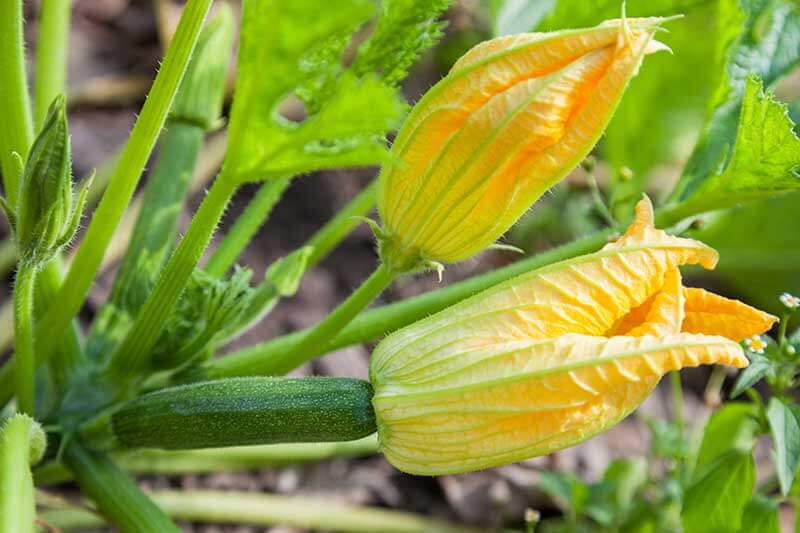
Hand-Pollinating Squash Plants
Squash plants rely on insects to pollinate the flowers that produce your harvest. Without good pollination, fruits end up small, withered or misshapen. You can lend nature a hand and help pollinate squash blossoms yourself. Hand pollination ensures the job's done well, and it's great fun for kids and adults. Just don't be surprised to find little squash bees napping inside blooms. Squash have separate male and female flowers that are easy to tell apart. Males have long, slender stems. Females have thick stems with a bulge below the petals. (That bulge becomes your squash.) Cut the male flower with its attached stem, and gently remove the petals. Leave the pollen-covered center intact. Use the stem with the pollen just like an artist's paintbrush to paint the female flower's center thoroughly with pollen.2 Once done, you're officially a pollinator.
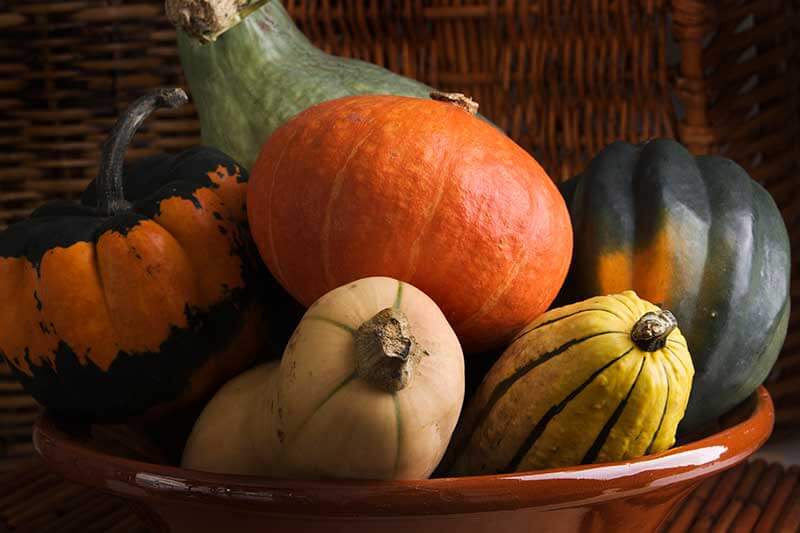
Harvesting and Enjoying Your Squash
You can start enjoying your squash crop before its fruits ever appear. Chefs like squash blossoms for their color and mild, squash-like flavor, and use them in many ways. Harvest blossoms and leave a short stem, so the flower stays whole. Target male flowers, not fruit-producing females. You can sauté, stuff or fry squash blossoms, or chop them up and use them in soups, salads and pastas. Harvest and eat summer squash at any stage, even as baby squash with the flowers attached. Harvest regularly, and don't let them get too big. They're tastiest when young and tender. Fresh summer squash keeps one to two weeks in the fridge. Harvest winter squash in fall, when their colors deepen and their skins get hard. Store them in a cool, dark place, and they can last through several winter months.
With zucchini and other squash on your gardening to-do list, you can plan on plenty of squash for your table and for neighbors to enjoy, too. GardenTech and the GardenTech blog are here to help you learn all the benefits of gardening, including growing healthy, delicious summer and winter squash. Always read product labels thoroughly and follow instructions carefully, including directions for pre-harvest intervals (PHI) and applications per year (APP). Daconil is a registered trademark of GB Biosciences Corp. Sevin is a registered trademark of Tessenderlo Kerley, Inc. Corry's is a registered trademark of Matson, LLC. GardenTech is a registered trademark of Gulfstream Home and Garden, Inc.
Sources:
1. V. A. Fritz and C. J. Rosen, "Growing Zucchini and Summer Squash in Minnesota Home Gardens," 2009.
2. Glenn Kopp and Chip Tynan, "Hand Pollination of Squash and Pumpkins," Missouri Botanical Garden.
Get Monthly Gardening Advice!

